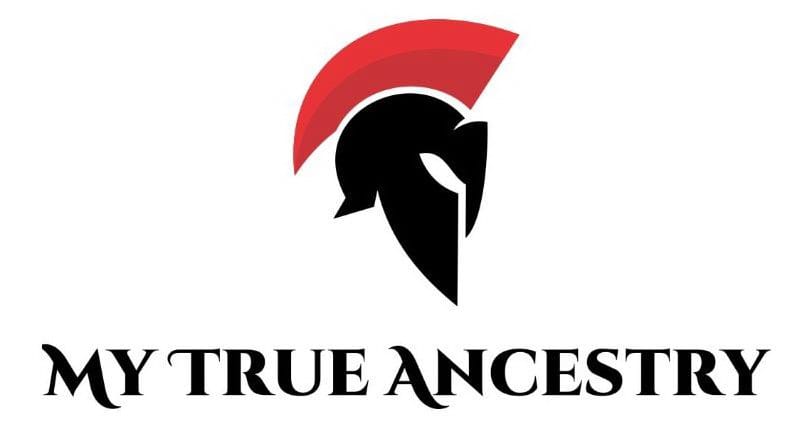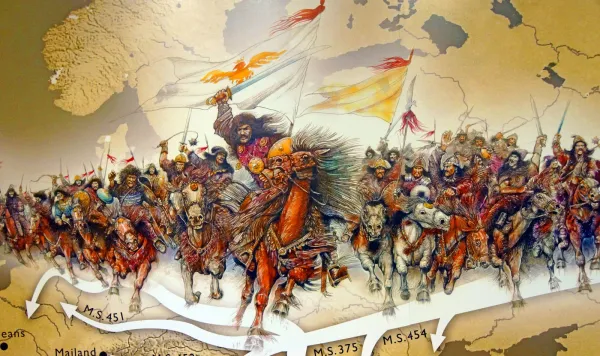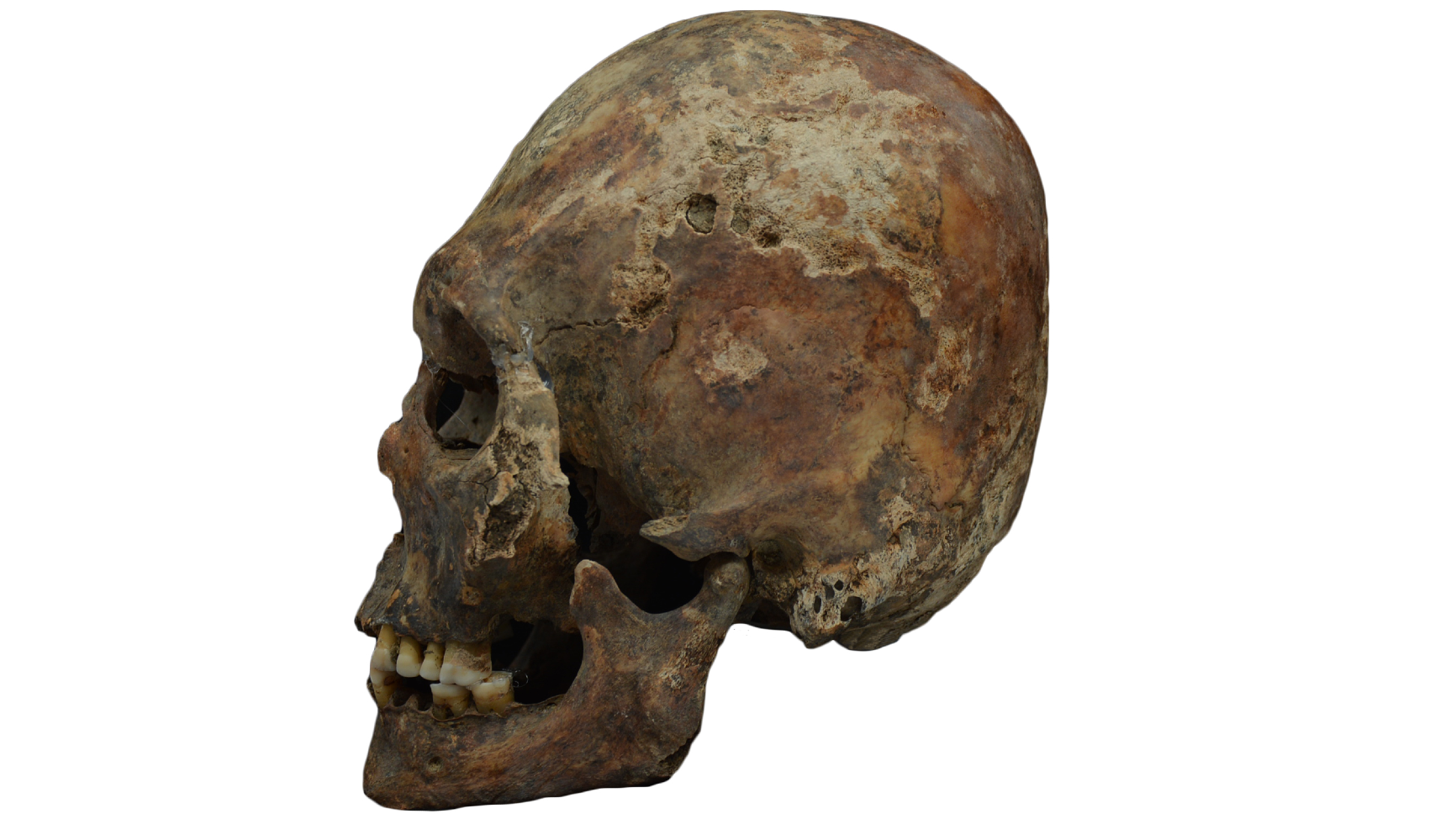Unlocking the Origins of the European Huns





The debate about the origins of the European Huns continues to intrigue scholars and the public alike. These fierce warriors, known for their abrupt appearance in Europe around the 370s CE, left an indelible mark on history, yet their origins remain shrouded in mystery. Traditional lore often connects them with the earlier Xiongnu, a dominant steppe empire from Inner Asia. However, the centuries separating the dissolution of the Xiongnu Empire and the rise of Hunnic power in Europe created a puzzling gap in our historical understanding.
Recent groundbreaking genomic research has illuminated hidden narratives of the European Huns' origins, offering new perspectives on their connections to the Xiongnu and their impact on European populations. By combining archaeological evidence with genetic analysis, researchers have woven a rich tapestry of insights that challenges previous notions and reveals a more complex picture of these ancient nomadic conquerors.
The Carpathian Basin, a historical hotbed during the Hun period, offers a fascinating glimpse into a mixed population that was both diverse and interconnected. The region witnessed a transformation that resulted in a new unified material culture under Hunnic rule, identifiable by distinctive artifacts and practices.
This remarkable site, located opposite the ancient Roman fortress of Aquincum, revealed two notable burials:
The presence of these graves within Roman defenses illustrates the complex relationship between the conquering Huns and the existing Roman infrastructure.
At this site, two Hunnic-period graves were found within an older kurgan (burial mound), with particularly revealing features:
The burial's distinctive features point to ties with eastern steppe cultures, providing a tangible link between the European Huns and their potential Asian origins.
This solitary burial offered additional insights into Hunnic-period material culture:
These distinctive grave goods and cultural practices provide crucial evidence for tracing the origins and influences of the European Huns.
This site yielded individuals with genetic signatures indicating:
The findings from Árpás-Dombiföld illustrate the genetic diversity present in Hunnic-period communities.
One of the most distinctive cultural markers associated with the Hunnic period is artificial cranial deformation (ACD), a practice where the skulls of infants were intentionally reshaped using bindings. This practice:
The presence of this distinctive practice helps archaeologists identify connections between geographically distant populations.
The archaeological record reveals several distinctive artifact types associated with Hunnic influence:
These artifacts demonstrate both the preservation of steppe traditions and the adaptation and incorporation of local European elements.
The orientation and structure of graves provide additional clues about cultural connections:
These distinctive burial customs maintained connections to steppe traditions despite geographic displacement.
The recent research analyzed DNA from 370 individuals spanning Eurasia, with 35 genomes newly sequenced specifically for this study. This comprehensive genomic approach revealed:
The genetic data presents a complex picture of population movements and interactions across the Eurasian steppe over centuries.
One of the most striking findings is the evidence for elite lineages connecting the Xiongnu and Hunnic periods:
The genetic evidence suggests that rather than a mass migration, the Hunnic expansion may have involved the movement of elite groups who then incorporated local populations.
The genomic analysis revealed remarkable diversity within Hunnic-period communities:
This diversity challenges simplistic models of migration and conquest, suggesting a more nuanced process of population movement and cultural exchange.
The Middle Danube region during the 5th century CE was a melting pot of cultures and genetic diversity. Archaeological evidence shows:
These patterns reflect the complex societal changes occurring during the Hunnic period, as communities adapted to new political realities.
The archaeological and genetic evidence together suggests a complex social structure during the Hunnic period:
This social complexity helps explain the rapid emergence and later dissolution of Hunnic power in Europe.
The combination of archaeological evidence and genomic data has transformed our understanding of the European Huns and their connections to the earlier Xiongnu empire. Rather than a simple narrative of mass migration or cultural diffusion, we now see:
This nuanced picture challenges previous historical models and demonstrates the value of integrating archaeological and genomic approaches. The European Huns emerge not as a monolithic group sweeping into Europe from the east, but as part of a complex, centuries-long process of interaction and movement across the Eurasian steppe—a process that connected east and west through networks of elite power, shared cultural practices, and genetic exchange.
The ongoing research into these connections continues to reveal new dimensions of this fascinating period, demonstrating that the story of the Huns is far more intricate and revealing than previously understood—a testament to the complex interweaving of human populations and cultures throughout history.
Comments